WHAT GRAPE SKINS BRING TO WINE
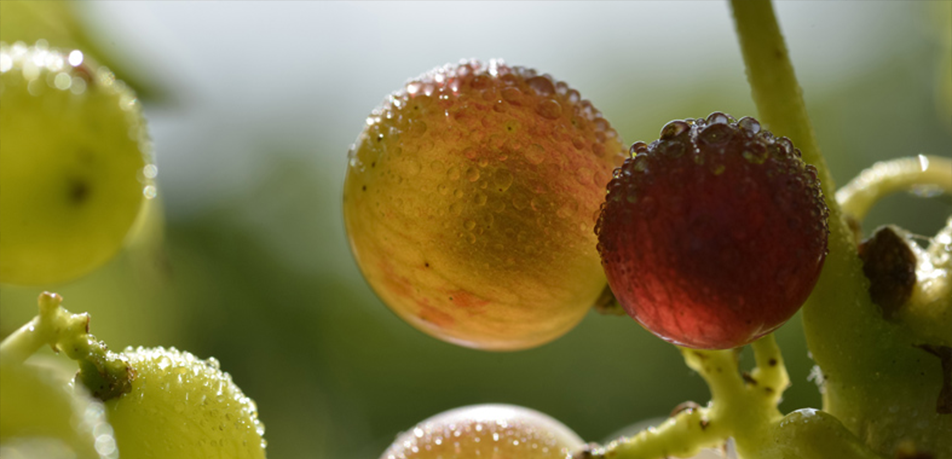
Grape skins are what give great reds their look. They skillfully tailor the bespoke robe the wine displays in the glass to delight your eyes...and other senses.
In giving fine wines their sumptuous varietal identity, these humble, natural skins take on sensual form. Fragrance and flesh; color and texture. Grape skins are the creative force behind chromatic depths of profound intensity.
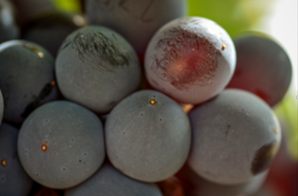
Anthocyanins provide the options, tannins make the decisions
When giving a prosaic description of grape skins and great reds, one has to mention tannins, anthocyanins, and potassium. All three are important participants in the winemaking process.
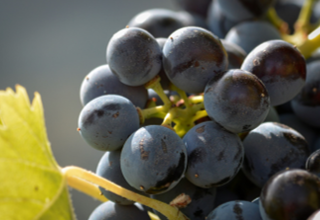
Ripening Cariñena grapes in the El Lloar (DOQ Priorat) vineyards, a Familia Torres property
Anthocyanins are responsible for concentrating the pigments that are then stabilized by the tannins. The grape maturation process intensifies pigments, refines tannins so they lose their bitter edge, and determines distinct aromas. At the same time, potassium helps neutralize the natural acids in the must.
This means that the same harvest can produce wines of varying levels of acidity depending on the length of skin contact, which releases potassium and softens the acidity.
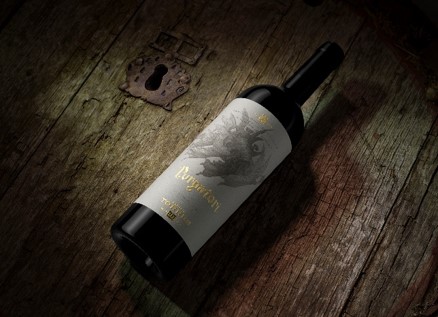
Purgatori (DO Costers del Segre, Familia Torres)
Cariñena and Garnacha, two thick-skinned varieties with firm flesh, are among the grapes with the best skin-to-pulp ratio and balance, plus they produce one of the most elegant blends on the varietal spectrum.
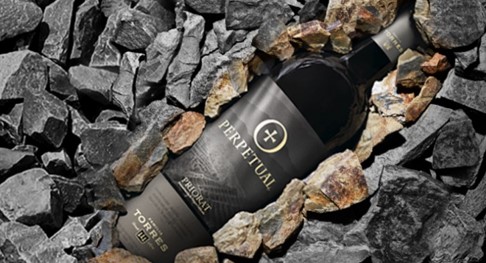
Perpetual (DOQ Priorat, Familia Torres)
This is why extraordinary wines like Purgatori(DO Costers del Segre), Salmos or Perpetual(DOQ Priorat) welcome the richness of these varieties, whose thick skins contain the seductive power of timeless wines, whose essence maps out, vintage after vintage, a new physical geography of wine.
